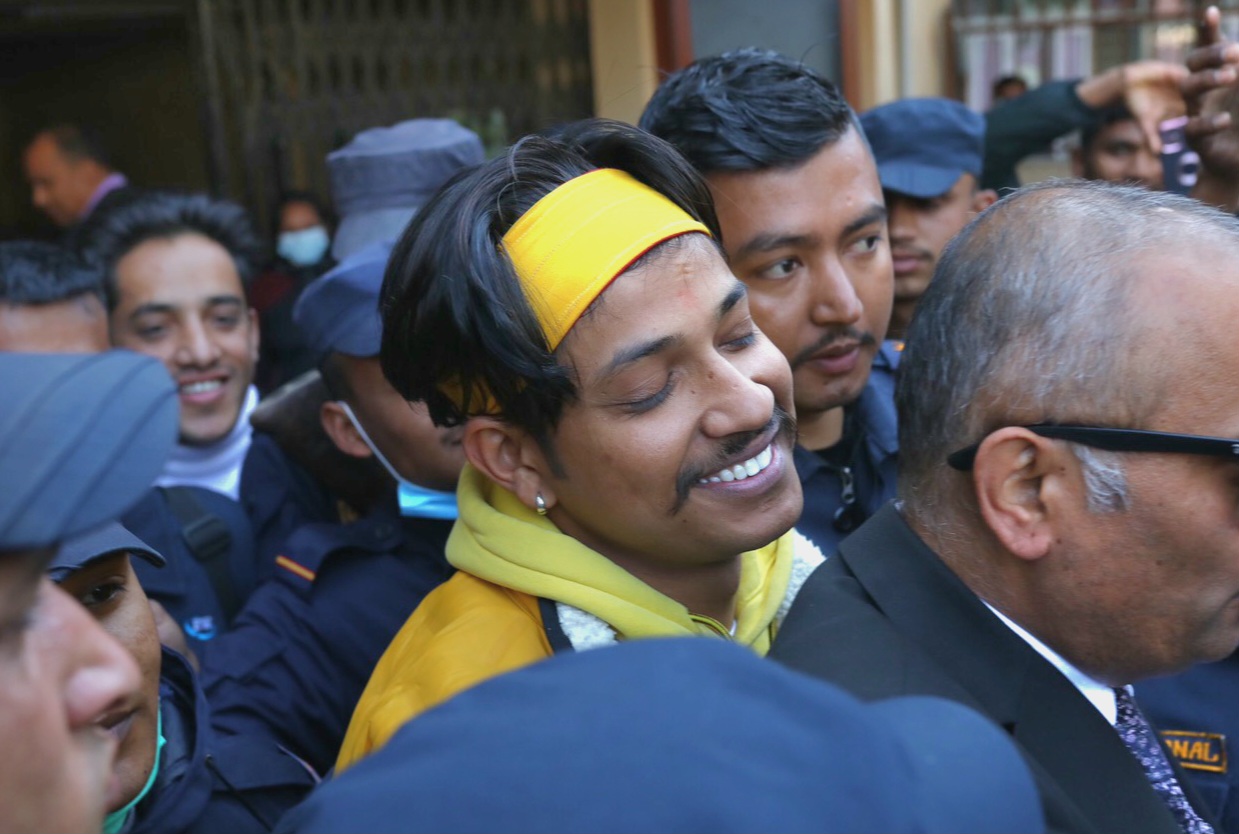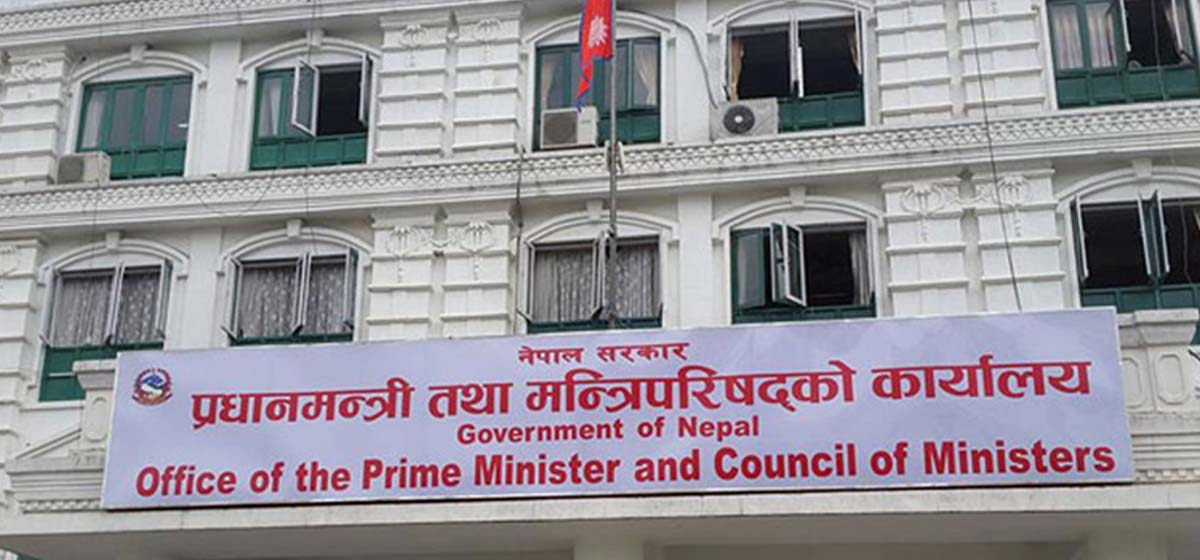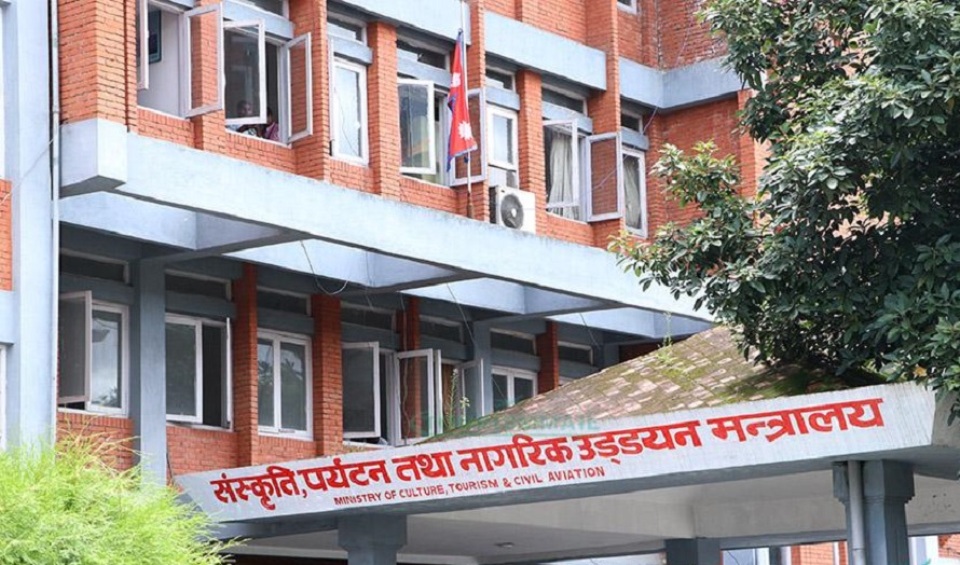
OR

The majority believe that their identity is threatened by the new narratives of those pushing for change
In the past one decade there has been an increasing drift of Nepali society towards the right. A host of factors may be responsible for this. Chief among them is the perceived insecurity of the majority group. By majority I mean the hill Brahmin and Chhetris who have felt threatened—in terms of psychology, politics, culture and economy—by recent changes, mainly secularism and federalism.
The majority believe that their identity would be threatened in the changed context as the narratives of those pushing these agendas are against them. But they forget that even though the unitary structure with constitutional monarchy is gone, the larger structure of Nepali state remains intact.
In fact, it is this unchanged structure that contributes to majoritarian impulses.
The dominant group wants to maintain its status quo in terms of politics and culture and feels uncomfortable sharing the resource and space with the erstwhile marginalized groups, which in past three decades have climbed up the social ladder or are in the process of doing so thanks to some opening up of the polity and certain policies undertaken by the state.
But by and large the state machinery is still controlled by the dominant group. This group harbors grudges against those who are possibly the first-time participants in state mechanisms.
A clear example of this is their revulsion to affirmative action. The bureaucracy and their ardent supporters want meritocracy to be the sole criteria for participating in public institutions. But can there be a level playing field between someone who may be first in his/her family to acquire education with someone who is at least a third generation to acquire a formal degree? The answer is a clear no. Unless there are concerted efforts to bridge this gap, with emphasis on education and skill development, there will be no foundation for an equitable society.
The other factor driving the rightward drift is the reluctance on the part of majority to share the cultural space with others. The belief that cultural practices of other groups are unwarranted and therefore something to be looked down upon will only further fan identity politics. Thanks to insecurity on the part of majority, they have gone to the extent of ‘primordialising’ their own identity.
To add to the identity dynamics there is the class dimension, which has further helped the rightward drift. A look at the class dimension of Nepali society points to two striking features. One is the prevalence of a particular dominant group which controls the political economy and culture at the center, which has been reflected in their eating habit, language, dress and other consumption behavior for the past 200 years. The other is the formation of the consumer group following the opening up of the economy and the onslaught of globalization. But this class is not a thinking class.
In fact, the middle class considered as the traditional vanguard of democracy has itself become a major challenge owing to excessive homogenization of cultural practices in the name of globalization. Further, the process of globalization has made the middle class ‘global citizens’ who have little to do with local realities. Hence one may be connected to the events in the other parts of the globe but be least concerned about developments in the immediate neighborhood. This is also reflected in the material choices, which often tend to be global in nature.
This inclination for global desire drives the middle class clamor for stability. By stability they mean unhindered access to their privileges. But the desire to satisfy the unsatisfiable needs of the middle class fuels local resistance. These are manifested in opposition to mega projects which may impact environment and culture or increase the gap between the haves and have-nots.
In such a situation there is a push for some kind of order by the middle class, which results in backing of the authoritarian structure. The current push by the Chief of the Commission for Investigation of Abuse of Authority is reflective of that drive. He has been playing on this middle class desire for stability, which is a result of prolonged transition. In fact the acceptance of a technocratic government under a chief justice for ‘course correction’ of democracy was indicative of this same desire for order. But this only accentuated the legitimacy of powerful but unelected institutions in the country.
The combination of market fundamentalism and identity politics of the majority is fuelling the rightward drift of Nepali society and providing space for authoritarian institutions and personalities.
The author is an assistant professor at Kathmandu School of Law
You May Like This

Stocks drift lower in lackluster trading week
KATHMANDU, June 30: Stocks came under pressure throughout the week as the Nepal Stock Exchange (Nepse) index finished nearly 20... Read More...

Families that drift
Every family is unique but families that don’t stay together and are yet together are undoubtedly the most remarkable. ... Read More...








Just In
- Govt amends nine laws through ordinance to attract investors
- NRM to announce two citizen heroes today
- Federal capital Kathmandu adorned before Qatar Emir's State visit to Nepal
- Public transport to operate during Qatari king’s arrival, TIA to be closed for about half an hour
- One arrested from Jhapa in possession of 43.15 grams of brown sugar
- EC to tighten security arrangements for by-elections
- Gold price drops by Rs 2,700 per tola
- Seven houses destroyed in fire, property worth Rs 5.4 million gutted









Leave A Comment